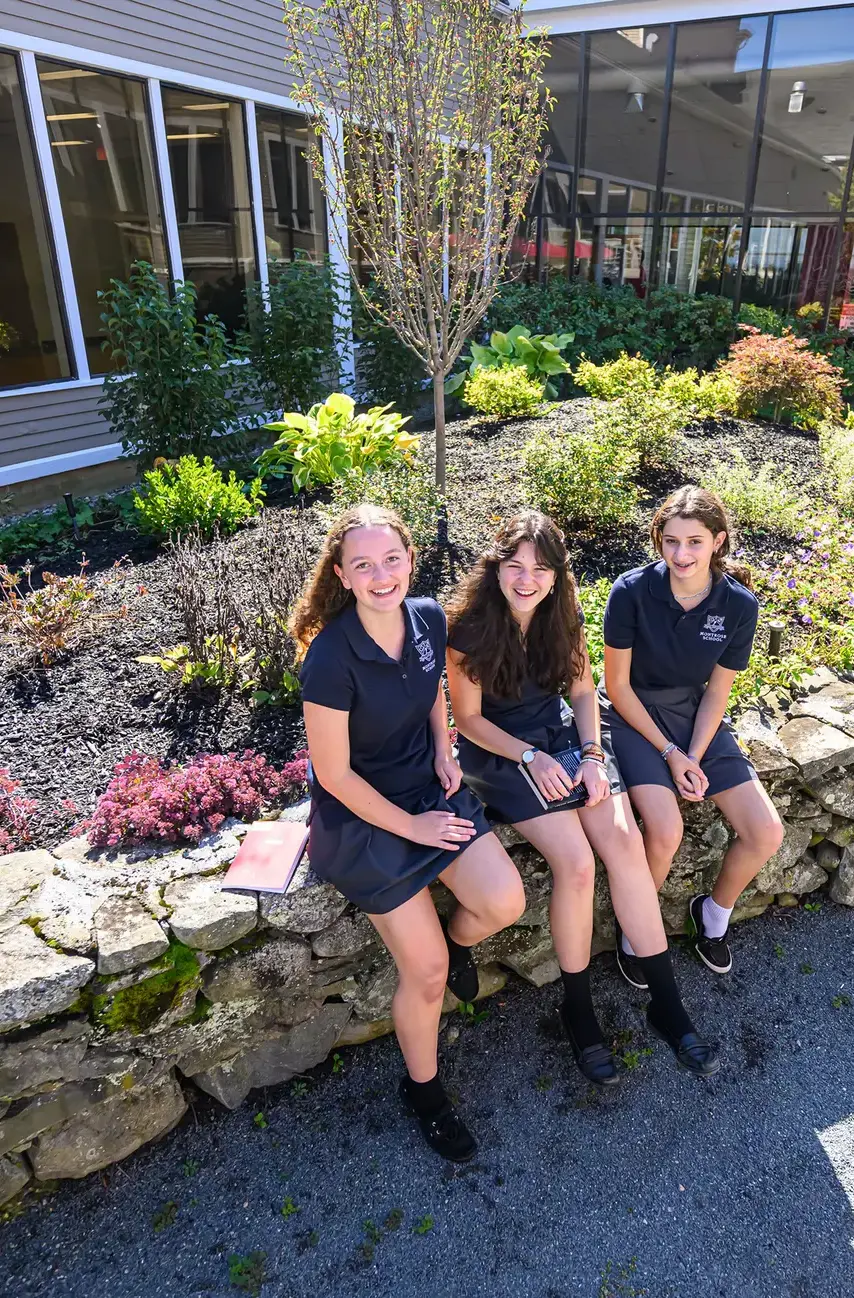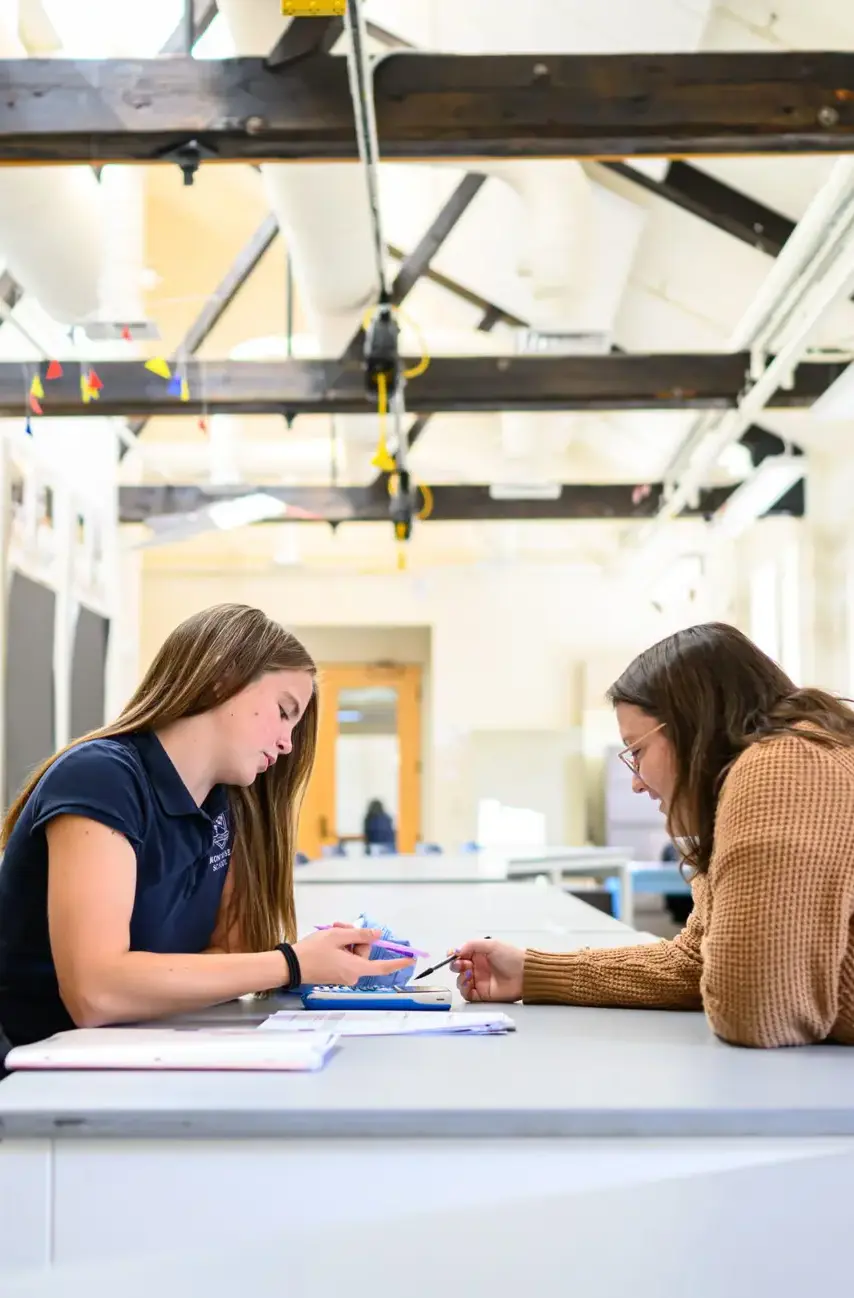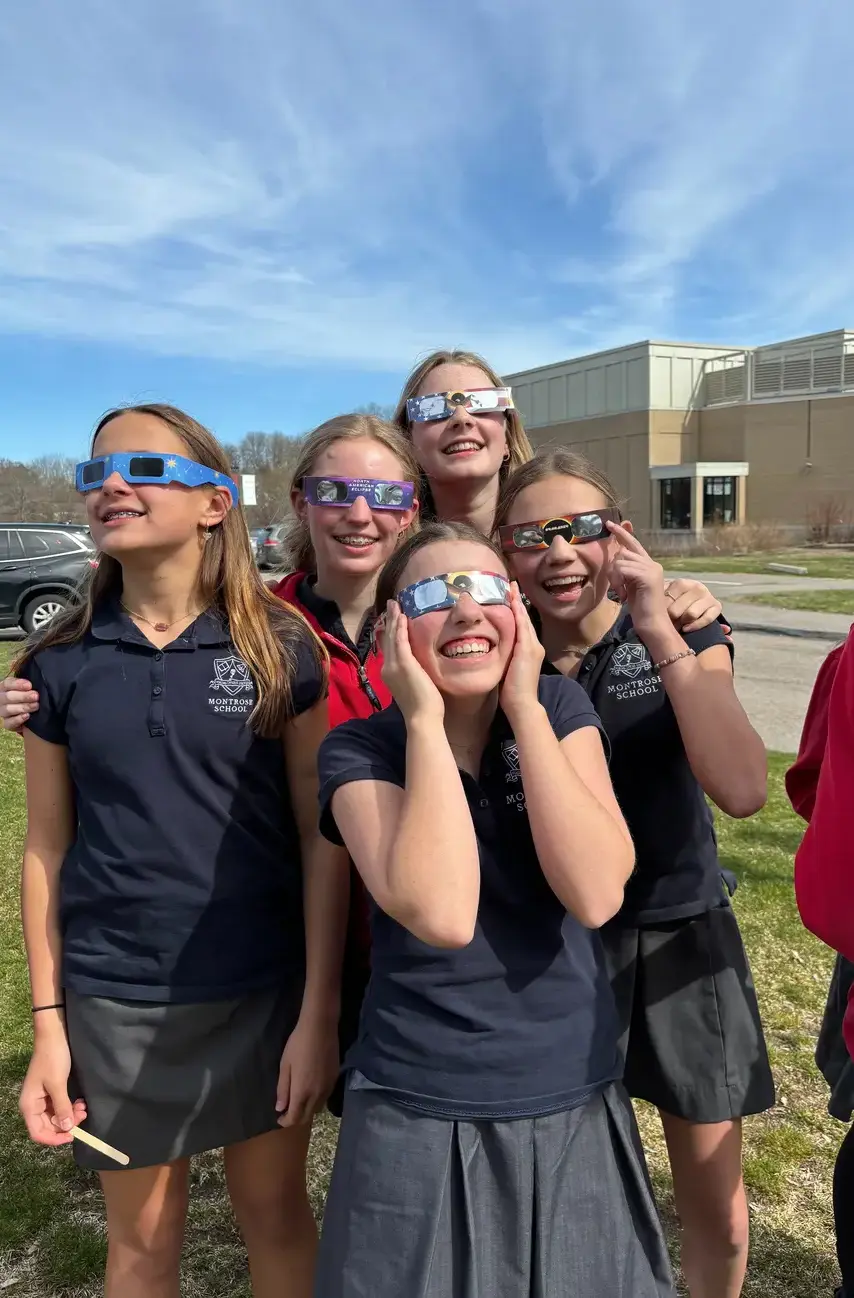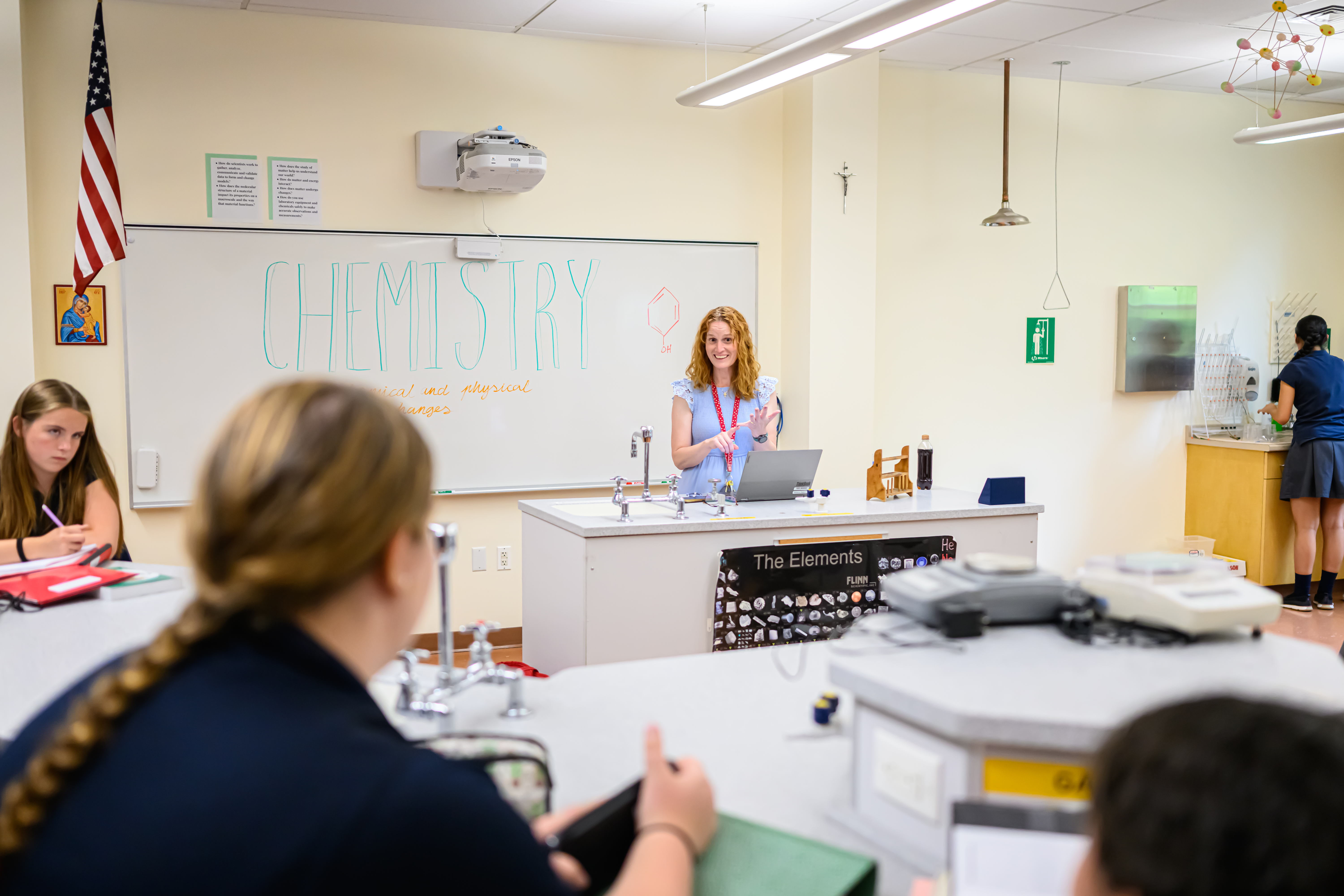“Throughout my time at MIT, Montrose’s focus on practical wisdom has helped me navigate both academic and personal challenges.
Amid fast-paced classes, career development expectations, and a world full of science too wide to understand completely, it’s very easy to lose yourself in an attempt to do everything. I’ve seen peers strung out over problem sets and internships, pulling all-nighters just to stay afloat. Thankfully, I’ve not yet suffered an academic all-nighter — my nights usually end around 10:30, and somehow my problem sets still get done.
I credit this skill of balance to Montrose; through humanities classes and interactions with faculty, I learned how to prioritize what matters to me, accepting the fact that no one is capable of doing it all and figuring out what to dedicate myself to in a way that supports my well-being, both academically and personally.
The science and math I learned at Montrose are what allowed me to enter MIT initially, but, perhaps more importantly, the humanities and life skills I developed there are what allow me to flourish here.”
— Hana Shinzawa ‘24 in her sophomore year at MIT








